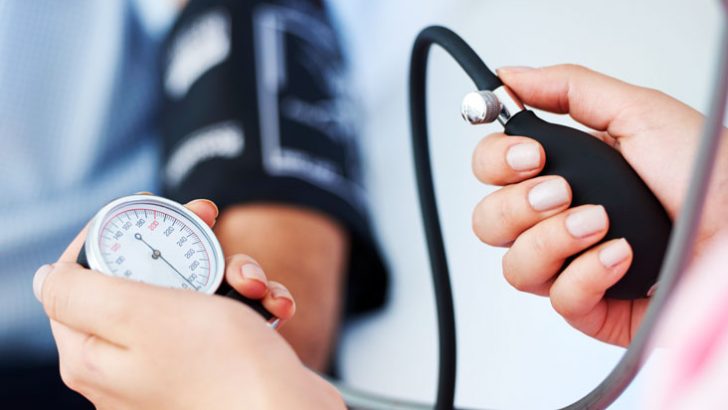Medical Matters
Do you keep an eye on your blood pressure? High blood pressure (hypertension) is one the biggest contributors to heart and stroke disease and premature death.
While having high cholesterol is often talked about, its negative effect is much less significant than hypertension.
Last year saw new guidelines being introduced by several organisations including the American Heart Association that lowered the threshold for diagnosis and treatment of high blood pressure.
So what constitutes high blood pressure? There are no clear-cut biological distinctions between what could be described as normal or high blood pressure. However, blood pressure tends to rise with age and even small increases above levels seen in healthy younger adults carries an increased risk.
There are two readings for blood pressure, the higher one (systolic) resulting when the heart is contracting and the lower reading (diastolic) when it relaxes in between.
A typical healthy reading would be 120/80 in a young person though some increase in readings with age has traditionally being considered as normal and acceptable. However, a large study of more than 9,000 adults aged over 50 published in 2017 showed that treating blood pressure to reduce the systolic number to no more than 120 versus the standard target of 140 lowered the chance of a heart attack, heart failure and stroke over a three-year period. Indeed, risk was found to double at 130 versus 120.
Put simply, damage from blood pressure starts at levels lower than previously thought. This is not surprising in some ways as higher pressure in our blood vessel causes more damage over time, leading to hardening of the arteries in our heart, brain and other vital organs.
These guidelines caused some controversy as if applied they mean that about 15% more individuals will have either elevated blood pressure or stage 1 hypertension, yet would have been previously assigned as being normal range or pre-hypertension. However, the proportion of adults who require medications with new cut-offs is still low as many will be advised to adopt lifestyle changes.
More importantly, the approach is no longer to determine who gets medications based solely on blood pressure level but on overall risk of stroke or heart attack over the next 10 years which can be formally estimated. For example, if you already have had a heart attack or stroke then treatment target should be 130/80. If you are otherwise well with no risk factors then medications are usually started at readings of 140/90 or above.
Blood pressure levels should be based on the average of two to three readings on at least two different occasions. It is not uncommon for some patients to have blood pressure monitors at home which are relatively inexpensive.
However, devices can lose accuracy over time and in addition, it’s important that certain basic steps are followed when taking readings. For example, avoid caffeinated or alcoholic drinks for up to 30 mins before your check. Make sure you are seated for about five minutes before, with the arm being checked supported at or near heart level and your legs uncrossed. When there is possible ‘white coat’ hypertension where readings are high on visiting the doctor, then a 24-hour blood-pressure monitor should be considered.
Excess weight
While up to 90% of all cases of high blood pressure have no clear obvious cause, excess weight, smoking, alcohol and salt intake can all help to push it up. For those who are overweight, it can be expected that for every one kilogram of weight lost, there will be a drop in your systolic blood pressure (top reading) by about one unit.
Overall, about two thirds of adults have high blood pressure and in many cases medication will be required. There are several classes of tablets available that are effective and indeed it is not uncommon to be on several different medications to achieve optimal control.
In essence, having a blood pressure as near as possible to your own healthy baseline level when young is probably the ideal. However, there are some exceptions. Too tight a control of blood pressure can lead to dizziness and falls especially in older adults.
In summary, high blood pressure is a ‘silent killer’ and yet very common so make sure to keep a check on it!
Dr Kevin McCarroll is a Consultant Physician in Geriatric Medicine, St James’s Hospital, Dublin.


 Dr Kevin McCarroll
Dr Kevin McCarroll